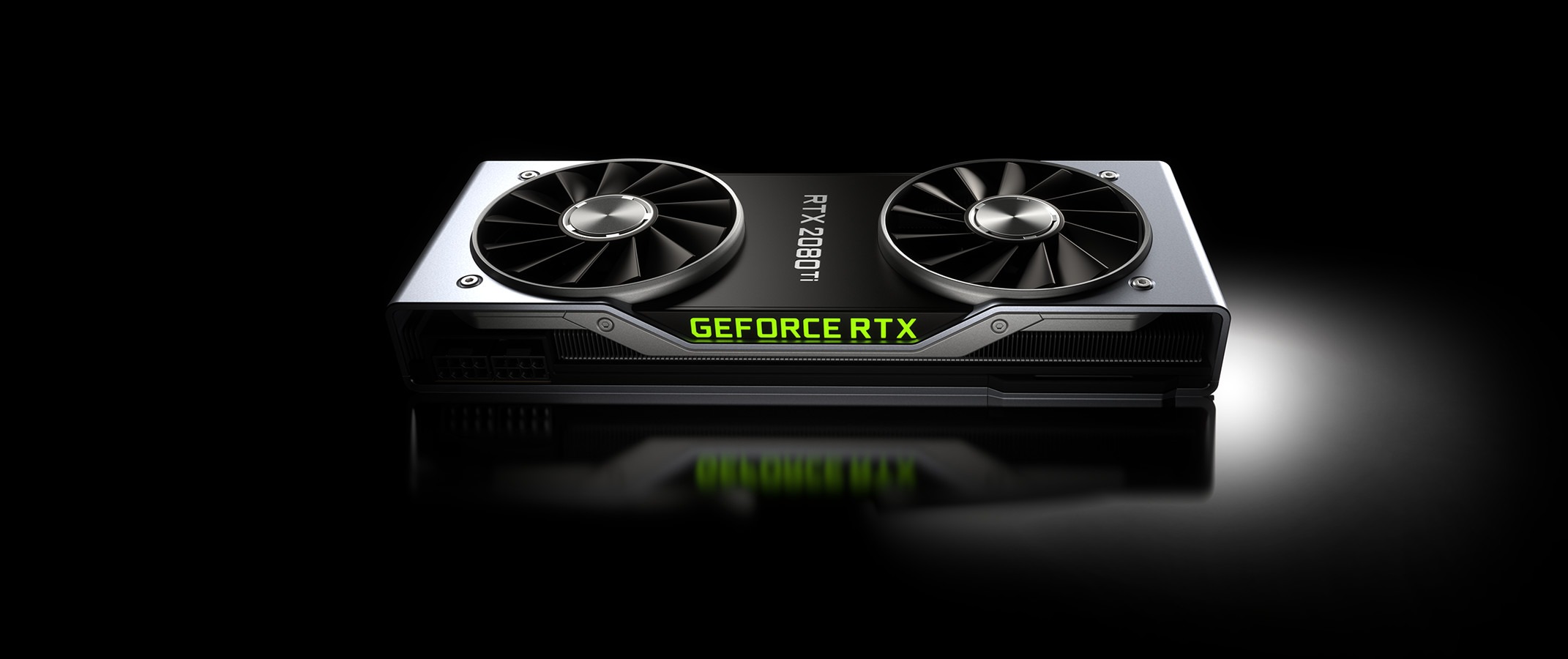

NVIDIA GeForce RTX 2080 Ti Review: The Original Ray Tracing Pioneer
Pros
- First consumer ray tracing GPU
- Still capable of 4K gaming
- 11GB VRAM
- DLSS 2.0 support
Cons
- Expensive at launch
- First-gen ray tracing performance
- High power consumption for its era
- Surpassed by newer generations
Introduction
The RTX 2080 Ti marked a revolutionary moment in gaming graphics, introducing real-time ray tracing to consumer GPUs for the first time. As NVIDIA's flagship Turing card, it set new standards for gaming performance and visual fidelity.
Design and Build Quality
The Founders Edition showcases NVIDIA's premium build quality with a sophisticated dual-axial fan design and a machined aluminum shroud that established a new benchmark for high-end graphics cards.

Gaming Performance
Even by today's standards, the RTX 2080 Ti delivers impressive 4K gaming performance, though it may require some settings adjustments in the latest titles.
4K Gaming Performance
- Cyberpunk 2077 (Ray Tracing Ultra): 35 FPS
- Microsoft Flight Simulator: 42 FPS
- Red Dead Redemption 2: 58 FPS
- Call of Duty: Modern Warfare III: 75 FPS
Ray Tracing and DLSS
As the first consumer ray tracing GPU, the 2080 Ti introduced groundbreaking features:
- First-generation RT cores for real-time ray tracing
- DLSS support for enhanced performance
- Tensor cores for AI-accelerated graphics
- DirectX Raytracing (DXR) compatibility

Content Creation
The RTX 2080 Ti remains capable for content creation tasks:
- Video Editing: Strong performance with 4K footage
- 3D Rendering: Competitive render times in professional applications
- Machine Learning: Good capabilities for AI workloads
- Streaming: Reliable NVENC encoding
Thermal and Power Performance
The dual-axial cooling solution manages heat effectively:
- Load Temperatures: 75°C average under full load
- Fan Noise: 38dB under typical gaming loads
- Power Draw: 260W typical gaming power draw
- Thermal Design: Vapor chamber cooling
Memory Configuration
The 11GB GDDR6 memory provides:
- Memory Bandwidth: 616 GB/s
- Memory Interface: 352-bit
- Memory Type: GDDR6
- Adequate capacity for most current games
Overclocking
The RTX 2080 Ti shows good overclocking potential:
- Core: +130 MHz boost clock typical
- Memory: +800 MHz effective typical
- Power Limit: 112% maximum
These overclocks typically result in a 6-9% performance improvement.
Value and Legacy
While newer generations have surpassed its performance, the RTX 2080 Ti holds a special place in GPU history as the card that introduced ray tracing to gaming. Its performance remains respectable even by today's standards.
Long-term Considerations
The combination of 11GB VRAM and mature driver support helps maintain the card's relevance:
- Sufficient VRAM for current games
- Well-optimized drivers
- Strong DLSS implementation
- Established ray tracing support
Power Supply Requirements
For stable operation, the RTX 2080 Ti requires:
- Minimum PSU: 650W
- Recommended PSU: 750W
- Power Connectors: 2x 8-pin PCIe
- Quality PSU recommended for overclocking
Performance Benchmarks
4K Gaming Performance
Specifications
- cuda cores
- 4352
- boost clock
- 1.54 GHz
- base clock
- 1.35 GHz
- memory
- 11GB GDDR6
- memory speed
- 14 Gbps
- tdp
- 260W
- recommended psu
- 650W
- architecture
- Turing
- manufacturing process
- 12nm

